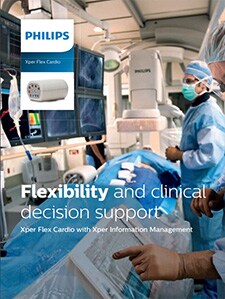

*+3.3V provides voltage to PCI express, south bridge and LAN on motherboard.ĥ. *+5V provides voltage to memory, Input / Output port and SSD. *+12V provides voltage to CPU, graphic card and PCI express. Click the blue triangle to monitor each voltage range. The following figure shows the CPU usage of 6-cores 12-threads.Ĥ. *CPU usage means the CPU is used in a period of time. Click the blue triangle to check CPU frequency and CPU usage. User can monitor CPU frequency, Voltage, Temperature, Fan through AI Suite 3.ģ. Click Windows icon, and click AI Suite 3 to open it.Ģ. To provide you more detailed instruction, you can also click ASUS Youtube video link below to know more about AI Suite 3ġ. AI Suite 3 has two functions - one is to monitor the system status, the other is to integrate ASUS software so that it is easy to access the ASUS software through AI Suite 3. There is one related activity in the Kinematics section of the Science Reasoning Center that will challenge students to employ close reading, data analysis, and logical reasoning. Science classrooms should be filled with reasoning activities. The Laboratory section of The Physics Classroom website includes several hands-on ideas that complement this Interactive. Simulations should always support (never supplant) hands-on learning. ĭescribing Motion with Position-Time Graphsĭescribing Motion with Velocity-Time Graphs Curriculum/Practice: Several Concept Development worksheets at the Curriculum Corner will be very useful in assisting students in cultivating their understanding, most notably.The 1D Kinematics section of the Multimedia Physics Studios has several instructive animations that animate the motion of an object and show the corresponding position-time and velocity-time graphs for that motion. Animation: Numerous GIF Animations at The Multimedia Physics Studios.Visit the Minds On Physics Internet Modules. They are best used in the middle to later stages of the learning cycle. Just about any of the 11 assignments info the Kinematic Graphing module provide great complements to this Interactive. The Minds On Physics Internet Modules include a collection of interactive questioning modules that help learners assess their understanding of physics concepts and solidify those understandings by answering questions that require higher-order thinking. The Meaning of Slope for a Velocity-Time Graph The Meaning of Shape for a Velocity-Time Graph The Meaning of Slope for a Position-Time Graph The Meaning of Shape for a Position-Time Graph The following pages will be particularly useful in the early stages of the learning cycle on kinematic graphing: Lessons 3 and 4 of the 1D Kinematics Chapter of the Tutorial are perfect accompaniments to this Interactive. There are numerous resources at The Physics Classroom website that serve as very complementary supports for the Graph That Motion Interactive.


 0 kommentar(er)
0 kommentar(er)
